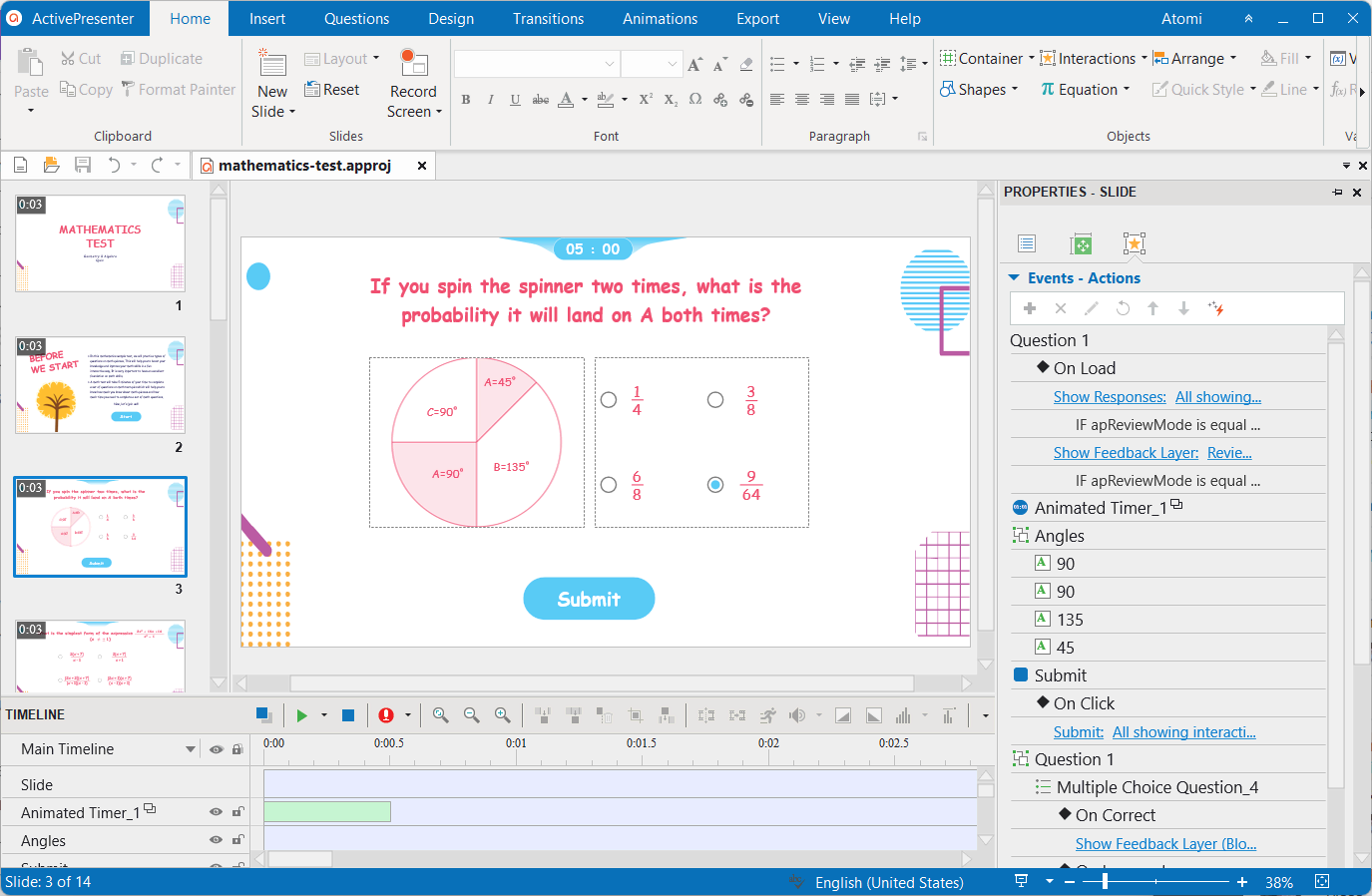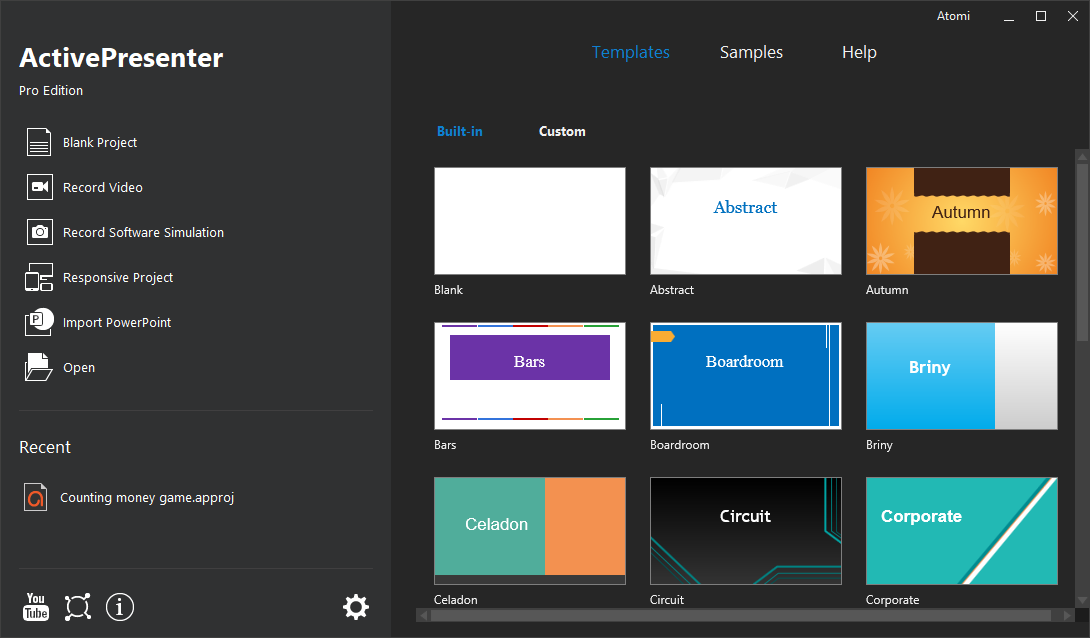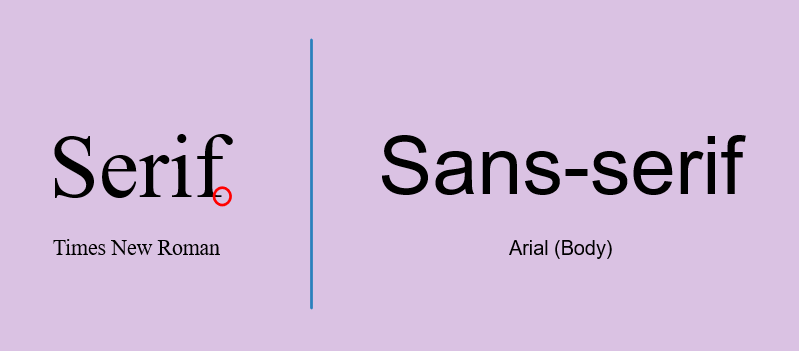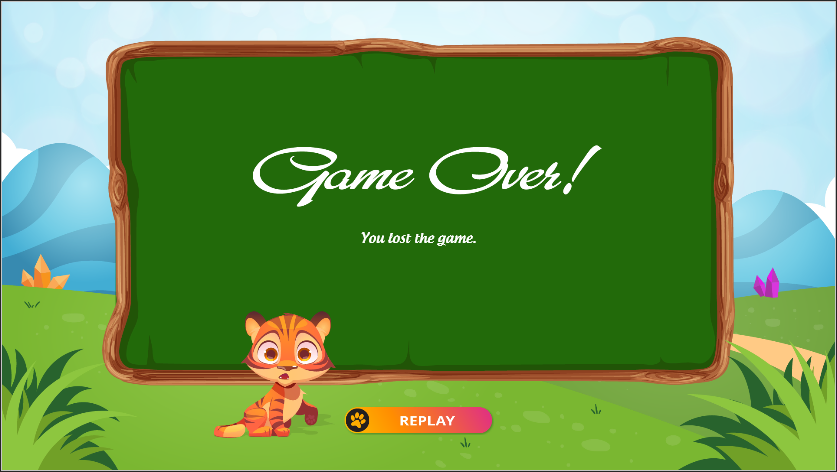While content is the core factor of every eLearning lesson, visual design plays an essential role in attracting students’ attention. In this blog post, we will find out the top 5 visual design elements in eLearning that can help inspire and engage students.
In today’s digital learning landscape, capturing and retaining learners’ attention is paramount.
One powerful way to achieve this is through compelling visual design. Far beyond mere aesthetics, strategic eLearning design elements can significantly enhance understanding, engagement, and knowledge retention.
In eLearning field, authoring tools like ActivePresenter has everything you need to easily add great elements to your courses, from visuals to interactivity making them more interesting and effective.
Let’s explore five key visual elements you should use and how authoring tool can help you do it.

Table of content
1. Consistency
Before going deeper into the lesson content, learners likely want to grab an overview of the lesson about what they will learn. In other words, a clear and consistent structure helps raise the sense of initiative for learners. Thanks to that, they can understand and take note of the lesson content effectively. So, from the very first step, you should pay attention to the consistent structure of it. The three main factors that build the consistency of an eLearning course include template, color, and font.
Template
A template is a pre-formatted file that serves as a starting point for a document. Customizable templates help you save lots of time when creating eLearning courses. To maintain consistency, you should use one template for the entire project. For example, you can choose from 20 different templates when using ActivePresenter to make your eLearning courses.

Color
Apart from templates, color is another visual design element that you need to consider when making an eLearning course. First, you should find out the meaning and sense of each color. There is a variety of colors that you can choose for your eLearning lesson. However, you usually need about 5-6 colors for the whole course. Besides, you can also use opposite shades of colors as they complement each other perfectly.
Font
Fonts are an indispensable visual design element when it comes to eLearning courses. Content is delivered to learners via texts in the course directly. Therefore, using an easy-to-read font is a high priority. As you may know, there are two types of fonts that we commonly use, which are Serif and Sans-serif fonts. Depending on your liking and aesthetic sensitivity, you can choose the font that suits your eLearning lesson. However, many people said that the Sans-serif font would give a more easy-to-read experience on eLearning websites.

2. Navigations
The second visual design element in eLearning that you need to be aware of is easy navigation. This function should be designed simply so that learners can quickly switch from one part to another. For instance, introductions and instructions are at the beginning of the course. Navigation buttons, feedback, and suggestions help learners interact with the lesson more easily.

3. Images
We can see images in every eLearning course. Images could be the most intuitive and popular way of delivering eLearning content. Images not only attract learners but also help them remember the lesson better. Aside from images, you can also use many other types of infographics, gifs, animations, and more. Although there are many benefits that images can bring to eLearning, you need to avoid some visual design mistakes in eLearning courses.
4. Videos
Another visual design element in eLearning we should consider is video. Videos seem to be the most lively and specific method of transferring information among all the media. By using video, learners can pause or replay a part of the video to understand a notion clearly. Thanks to that, they can remember and learn the lesson better. But how can you make an engaging and compelling eLearning video if you don’t have much knowledge in this industry? Below is a list of video types that you may want to know:
- Video recording live actions demonstrating the course content.
- Instructional video with screen recording
- Video with text annotations
- Interactive video quizzes
Besides, there are some mistakes you should avoid when using videos in eLearning.
5. Games/Interactive Questions
At the end of every eLearning course, we usually add interactive questions or games to summarize the lesson and examine learners. Nowadays, almost all eLearning software in the market has its question templates. Therefore, you can easily insert and customize each question type depending on your purpose. Also, you can add questions to some parts of the video mentioned above. Moreover, game-based quizzes are also an effective method that helps inspire learners in eLearning.
If you want to create game-based lessons like this, download ActivePresenter (for free) to build captivating game elements for your learners

Some gamified quizzes for your references:
Conclusion
Designing beautiful and engaging eLearning courses not only impresses and attracts students but also helps them understand the lesson better. Hopefully, the top 5 visual design elements above will be helpful for you to make eLearning courses.
See Also:
How to Create eLearning Courses with ActivePresenter
Essential Elements of an Effective eLearning Courses
Top Free Stock Image Sites for Video Editing and eLearning Design
Top Free Stock Video Sites for Video Editing & eLearning Design
10 Sites to Find Fantastic Free Background Music for Video Editing